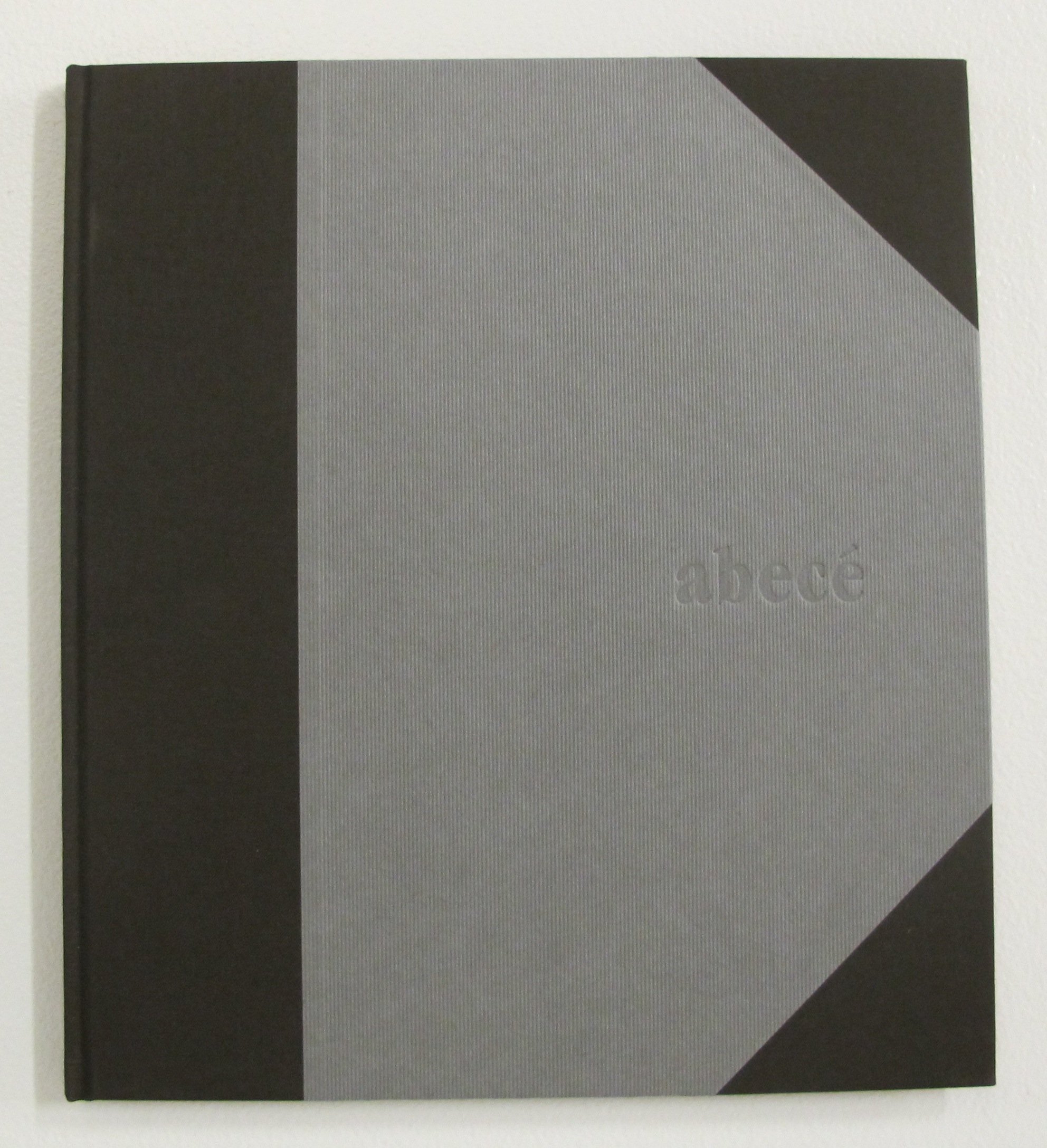2011.4.4 Kesen-cho
- Photography (Photography)
Naoya Hatakeyama
Naoya Hatakeyama’s series Rikuzentakata (2011) documents the devastating aftermath of the 2011 Tohoku earthquake and tsunami in Japan. Throughout the series of sixty C-prints, Hatakeyama’s photographs depict scenes of torn landscapes and leveled homes, demolished villages and massive piles of detritus pummeled beyond recognition. The images serve as records of disaster, seemingly driven by an intense need to bear witness to collective trauma. Hatakeyama’s photographs, however, emerged from a painful and personal grief: the series focuses on the near-destruction of the artist’s hometown, an event which resulted in both his mother’s death and the deaths of many friends and neighbors. Rikuzentakata bears the ethical weight and responsibility of photojournalism even as its genesis comes out of a deeply felt loss and the ambiguity of survivor’s guilt. Hatakeyama suggests that what’s lost can never be fully recovered, but that with time, those wounds can slowly heal and life can begin again.
Naoya Hatakeyama is one of Japan’s leading contemporary photographers. His work frequently explores the relationship between natural and built environments, and he is particularly invested in examining how urbanization produces violent effects in surrounding landscapes. In 2012, Hatakeyama was the subject of a mid-career retrospective at SFMOMA titled Naoya Hatakeyama: Natural Stories, an exhibition of large-scale photographs centered around themes of nature, destruction, and human will. His photographs have been acquired by many international collections such as the National Museum of Modern Art, Osaka; the National Museum of Modern Art, Tokyo; Tokyo Metropolitan Museum of Photography; the Museum of Fine Arts, Houston; Yale University Art Gallery, New Haven; the Swiss Foundation for Photography, Winterthur; la Maison Européenne de la Photographie, Paris; and the Victoria & Albert Museum, London.
Colors:
Related works of genres: » japanese contemporary artists, » japanese photographers
» see more

© » KADIST
Koki Tanaka
2009Walking Through is one of a series of videos—sometimes humorous, often absurd—that record the artist’s performative interactions with objects in a particular site...

© » KADIST
Koki Tanaka
2013This artwork was part of a group of projects presented in the Japanese Pavilion at the Venice Biennale in 2013...

© » KADIST
Takahiro Iwasaki
2008Edinburgh Castle on the Bin Bag features a model of the Edinburgh castle constructed by using shiny black cards placed on top of an open, full black plastic trash bag...

© » KADIST
Jun Nguyen-Hatsushiba
2003Filmed underwater, this is the third video in Nguyen-Hatsushiba’s “Memorial Project” series which began in 2001...
Related works featuring themes of: » Japanese
» see more

© » KADIST
Tomoko Yoneda
2010Yoneda’s Japanese House (2010) series of photographs depicts buildings constructed in Taiwan during the period of Japanese occupation, between 1895 and 1945...

© » KADIST
Koki Tanaka
2009Walking Through is one of a series of videos—sometimes humorous, often absurd—that record the artist’s performative interactions with objects in a particular site...

© » KADIST
Motoyuki Daifu
2010Seven family members and a cat all squeezed into the small five-room house, where Motoyuki Daifu grew up in Yokohama...

© » KADIST
Hiraki Sawa
2006Hako (2006) depicts a mysterious and dystopic landscape where the world becomes flat: distance between different spaces, depth of field and three-dimensional perceptions are canceled...
Other related works, blended automatically
» see more

© » KADIST
Naoya Hatakeyama
Naoya Hatakeyama’s series Rikuzentakata (2011) documents the devastating aftermath of the 2011 Tohoku earthquake and tsunami in Japan...

© » KADIST
Tomoko Yoneda
2010Yoneda’s Japanese House (2010) series of photographs depicts buildings constructed in Taiwan during the period of Japanese occupation, between 1895 and 1945...

© » KADIST
Koki Tanaka
2009Walking Through is one of a series of videos—sometimes humorous, often absurd—that record the artist’s performative interactions with objects in a particular site...

© » KADIST
Koki Tanaka
2010Tanaka’s unique understanding of objects and materials is reflected in the four photographs that document his Process of Blowing Flour ...
Related works sharing similar palette
» see more

© » KADIST
Lenka Clayton and Phillip Andrew Lewis
2022Five Hundred Twenty-Four, a single-channel video installation by Lenka Clayton and Phillip Andrew Lewis, features singers from over twenty Cleveland-area choirs counting numbers in an iterative process: one person sings “one”, then two people sing “two”, and so forth, to 524...
:quality(70)/cloudfront-us-east-1.images.arcpublishing.com/uscannenberg/M45ZZ5XUD5ELFM2NFVJ4VVASYU.jpg)
© » ARTSJOURNAL
Stolen Syrian art funds international terrorism – Why aren’t we talking about it? – Annenberg Media Skip to main content Arts, Culture & Entertainment Stolen Syrian art funds international terrorism – Why aren’t we talking about it? Stories about the trafficking of blood antiquities across an international black market don’t often appear in the average person’s news diet; Stories about the terrorist organizations that these antiquity sales fund do, though...
Other works by: » Naoya Hatakeyama
» see more

© » KADIST
Naoya Hatakeyama
Naoya Hatakeyama’s series Rikuzentakata (2011) documents the devastating aftermath of the 2011 Tohoku earthquake and tsunami in Japan...

© » KADIST
Naoya Hatakeyama
Naoya Hatakeyama’s series Rikuzentakata (2011) documents the devastating aftermath of the 2011 Tohoku earthquake and tsunami in Japan...

© » KADIST
Naoya Hatakeyama
Naoya Hatakeyama’s series Rikuzentakata (2011) documents the devastating aftermath of the 2011 Tohoku earthquake and tsunami in Japan...

© » KADIST
Naoya Hatakeyama
Naoya Hatakeyama’s series Rikuzentakata (2011) documents the devastating aftermath of the 2011 Tohoku earthquake and tsunami in Japan...
Related works found in the same semantic group
» see more

© » KADIST
Nidhal Chamekh
2016Nidhal Chamekh made the first drawings of the ongoing series Mémoire Promise in 2013...

© » KADIST
Nidhal Chamekh
2016Nidhal Chamekh made the first drawings of the ongoing series Mémoire Promise in 2013...

© » KADIST
Johanna Calle
2011Johanna Calle’s Abece “K” (2011) is part of a series of drawings (compiled into an artist book called Abece ) based on the alphabet...

© » KADIST
Daniel Boccato
2017Birdstones is a series of flat concrete slabs made from moldings of different shapes, each with two small holes...


